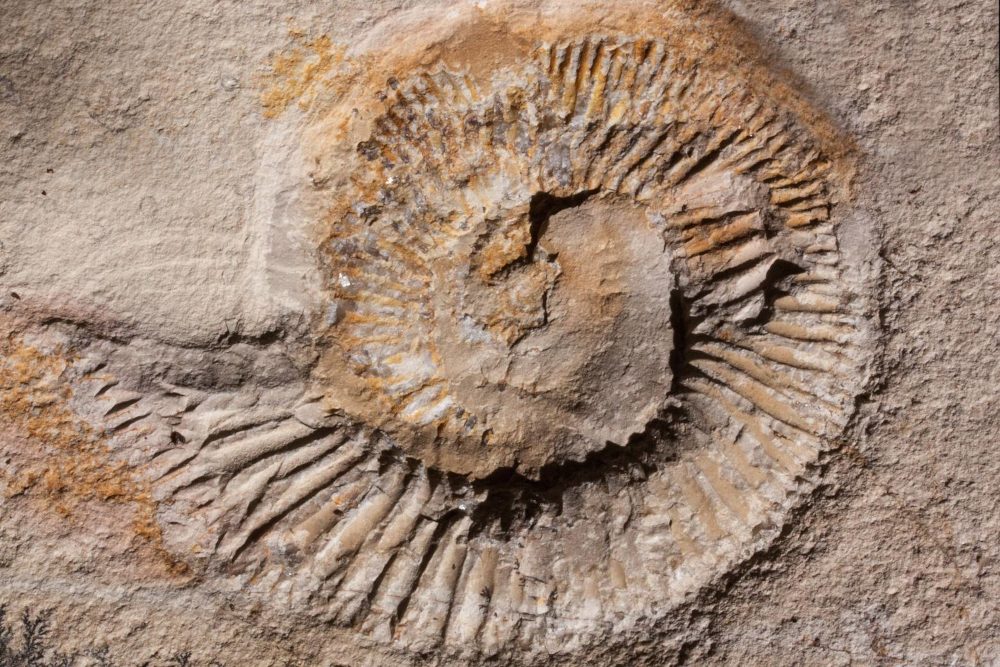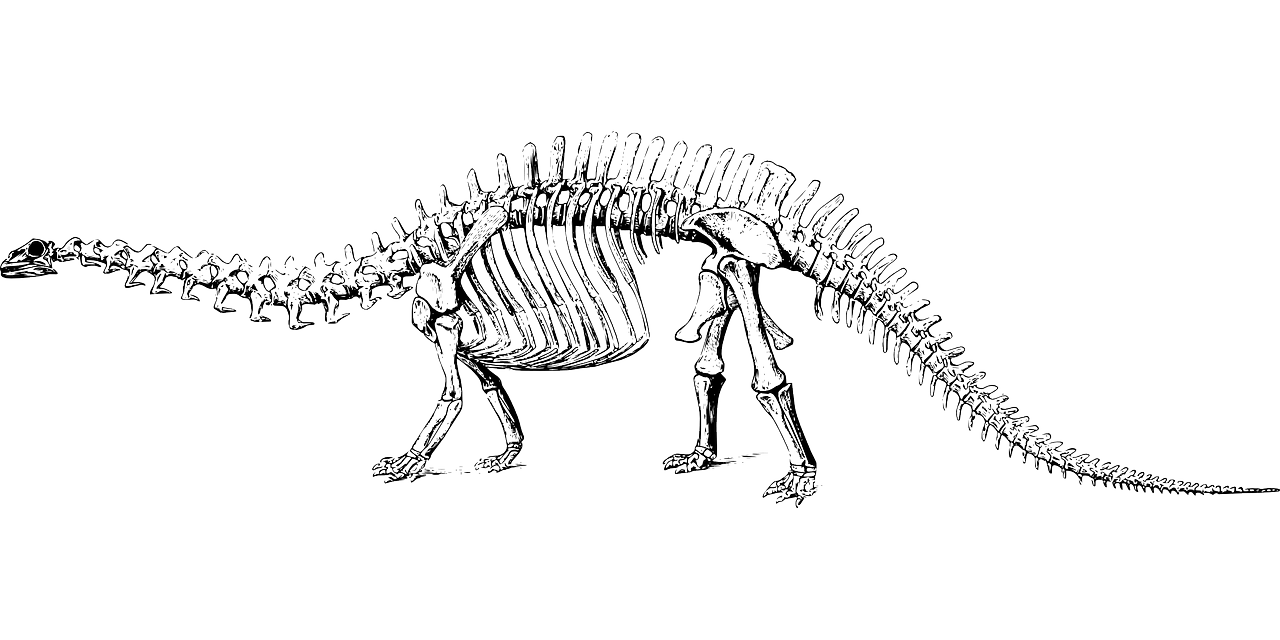Guide
Diving into prehistoric times: An introduction to the basics of palaeozoology
The history of our planet is rich with fascinating events and creatures that inhabited ages long past. From the earliest traces of life to the majestic creatures that once roamed the earth, the Palaeozoic offers a glimpse into the past that is both astonishing and educational. Welcome to an exciting journey into the world of palaeozoology – the science that studies the creatures of the geological era that began over 541 million years ago and ended around 252 million years ago. In this blog post, we will delve into the depths and basics of palaeozoology and explore things that will allow us to better understand the amazing organisms that once inhabited our planet.

Fundamentals of palaeozoology: The origins of palaeozoology
Palaeozoology, the fascinating science that studies the creatures of past geological eras, has its origins in man’s deep curiosity to uncover the secrets of the past. Its development reflects the arduous journey of discovery as we have worked our way from vague assumptions about long-gone life forms to a detailed understanding of biological development on our planet.
Even in the earliest epochs of civilisation, people were fascinated by fossilised remains that they found in the ground. In many cultures, these finds were regarded as curiosities, but without developing a deeper understanding of their origin or meaning. It was only over time that some ancient thinkers such as Aristotle and Leonardo da Vinci began to formulate ideas about the history of the earth and the changes over time.
Fundamentals of palaeozoology: The birth of modern palaeozoology
The turning point in the development of palaeozoology occurred in the 18th and 19th centuries, when a combination of scientific discoveries, geological research and technological advances laid the foundations for understanding prehistoric life forms. The discovery of fossils such as the famous ichthyosaurs and dinosaurs led to more intensive research, which ultimately formed the basis for modern palaeontology and palaeozoology.
As scientific methods and technological tools advanced, it became possible to analyse fossils in ever more precise ways. The development of radiometric dating, CT scans and genetic research enabled palaeozoologists to understand not only the external anatomy of prehistoric animals, but also to gain insights into their evolution, behaviour and environment.
Today, palaeozoology is a living discipline that is constantly growing and developing. The integration of computer science, geology, biology and cutting-edge technology is opening up new horizons for the study of past life forms. From reconstructing ecosystems to studying the effects of global change on evolution, palaeozoology remains central to our understanding of the history of life on Earth.
The Origin of Palaeozoology is an inspiring journey through human curiosity and discovery that takes us deeper into our planet’s mysterious past. It is a journey that teaches us to appreciate not only the roots of life, but also the continuing unfolding of knowledge and understanding that shapes our view of the Earth’s history.
Revealing hidden treasures of the past: Methods of palaeozoology
The foundations of palaeozoology, the amazing science that allows us to look back into bygone ages and unravel the mysteries of ancient life forms, rest on a wide range of methods and techniques. These methods are the toolbox of palaeontologists and palaeozoologists, enabling them to reconstruct a living picture from the fossilised remains of the past. Here we take a look at some of the key methods used in this fascinating discipline.
Fossil search and recovery
The first step in palaeozoology is the search for fossils in geological formations. Palaeontologists comb through stony ground, caves, quarries and other potentially fossil-rich places. With a keen eye and a trained instinct, they recognise the signs of fossils, be it through shapes, colours or structural deviations in the rock.

Preparation of fossils
Once discovered, fossils must be carefully extracted from the surrounding rock and prepared. This requires patience, fine tools and often chemical solutions to protect and expose the delicate remains. Preparation work requires both skill and a deep understanding of anatomy in order to avoid damaging the fossils.
Analysing fossils
Analysing fossils ranges from examining their morphology to using state-of-the-art technologies such as CT scans and X-ray imaging. These techniques allow researchers to visualise the inside of fossils to gain information about bone structures, teeth, organs and other details.
Taxonomy and classification
The identification and classification of fossil species is a fundamental step in palaeozoology. By comparing fossils with known species and analysing characteristics, palaeontologists can determine which animal groups they belong to. This classification is one of the foundations of palaeozoology and makes it possible to understand the biological diversity of past ages.
Isotope analysis and molecular genetics
Modern technologies such as isotope analysis and molecular genetics are expanding the boundaries of palaeozoology. Isotope analyses of fossils and sediments provide insights into environmental conditions, feeding habits and migration patterns of past animals. Molecular genetic methods make it possible to extract genetic information from old DNA material and to decipher the evolutionary relationship between species.
Palaeozoology is a unique dance between past and present, allowing us to delve ever deeper into the history of life on Earth through a combination of meticulous detective work, scientific expertise and innovative technologies. Each method contributes to a multi-faceted puzzle that allows us to solve the mysteries of prehistory while marvelling at the fascinating development of science itself.